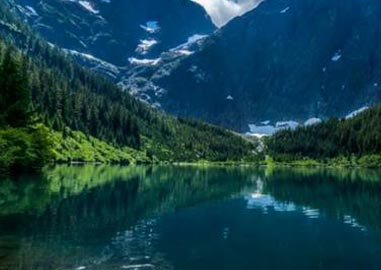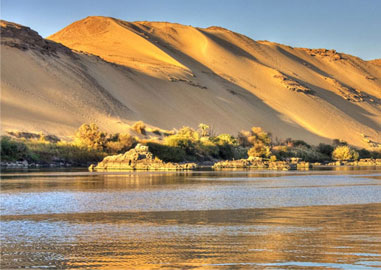
What Is the 8th Continent?
Posted By M. Isaac- How will you define a continent?
- What is the 8th continent called?
- Which parts of the 8th continent rise above the ocean’s surface?
- When did it form?
- What caused it to submerge?
There is not an international body that could provide a standard definition of a continent. The geographers and geologists do not agree on a single point while answering the question, “What is a continent?” Similarly, they would offer counter-arguments on the question, “What is the 8th continent?”
The following point will explain how they differ from each other. While geographers consider Asia and Europe as two separate continents, the geologists call them a single continent and name it as “Eurasia”.
However, the Geological Society of America (GSA) Today defined continents in its March/April 2017 issue as:
“Earth’s largest surficial solid objects”.
The authors of the issue rejected the likelihood that a new continent could ever be proposed.
Geographers have long been identifying 7 big landmasses they call continents. They are North and South Americas, Europe, Asia, Africa, Oceania, and Antarctica. Does any other landmass fit the geographical or geological definition of a continent? As for as the islands are concerned, the answer should be ‘no’.
Yet there is another continent, the 8th one! Researchers from Australia, New Zealand, and New Caledonia have proposed a new continent which has landmass more than twice as big as that of Greenland – the largest island in the world.
What is the 8th continent? Read on to get interesting information about the eighth continent that the earth has lost.
What Is the 8th Continent?
Also called the hidden continent, the eight continent lies in the region to the southwest of the Pacific Ocean. This continent crust is mostly submerged. What supports its definition as a continent is a large area and isolation from Australia.
Though geographers may disagree, the designation of this submerged landmass as the 8th continent fits the geological definition of a continent.
Here are some fast facts related to the newly discovered continent.
Mostly Submerged: Being a hidden continent, it is mostly submerged. As much as 94% of its area lies underwater.
Name: Zealandia is the name proposed for the new continent. It might have been derived partly from New Zealand and partly from Oceania (Australia).
Visible Parts: Though Zealandia spans across an area of nearly 5 million-square-kilometre, only about six percent of it lies above the ocean’s surface. There are just two patches of land rising above the water surface, i.e. New Zealand (about 268,021 square-kilometre) and New Caledonia (about 18,576 square-kilometre).
Area: Though more than twice as big as Greenland, the new continent is smaller than its neighbour, Australia. While Australia measures 7.6 million square kilometres, Zealandia stretches across an area of 4.9 million square kilometres.
History in Brief: The hidden continent Zealandia was initially a part of Gondwana or Gondwanaland. Gondwanaland was a supercontinent that existed for about 370 million years, i.e. from 550 million years ago (Neoproterozoic Era) to 180 million years ago (Jurassic Era).
After breaking up about 180 million years ago, the ancient supercontinent split into the landmasses recognized as Africa, the Arabian Peninsula, the Indian sub-continent, Australia, South America, and Antarctica. Another continental crust that remained hidden from the eyes of the researchers has now been unearthed. It is, obviously, Zealandia.
Interestingly, despite having proximity to Australia, the Islands of New Zealand and New Caledonia have never been regarded as the part of this continent.
The discovery of the new continent has provided a fresh context for investigating the processes of continental breakup, thinning, and rifting.
How Did It Submerge?
After splitting from Gondwana because of the supercontinental breakup, Zealand underwent crustal thinning during the Late Cretaceous period, which lasted from about 100 to 66 million years ago. This crustal thinning and consequent isostatic balance resulted in the submerging of the continental mass.
Zealandia vs West Antarctica:
Zealandia and West Antarctica share some characteristics with each other. Prior to splitting from Gondwanaland, they lied adjacent to each other along the southeast margin of the supercontinent.
Now, if ice is removed and the landmass is isostatically balanced, West Antarctic would also be submerged. When the thinned continental crust of West Antarctica and Zealandia experienced thermal relaxation and the isostatic balance, they moved below the ocean’s surface.
World Information - Latest Articles

Most Natural Beautiful Country in the World
Written By IsaacQuantifying the beauty of a country for the sake of ranking is a tough task. It requires deep...

Facts About the Most Technologically Advanced Cities in the World
Posted By IsaacToday economic strength and advances in technology go hand in hand in determining...

Largest River in The World
Posted By IsacThousands of rivers flow through different parts of the earth and enrich it with precious...
